Prøve GULL - Gratis
THE WITNESS
The New Yorker
|February 03, 2025
An activist fled Syria to reveal Assad's crimes. Then, mysteriously, he went back.
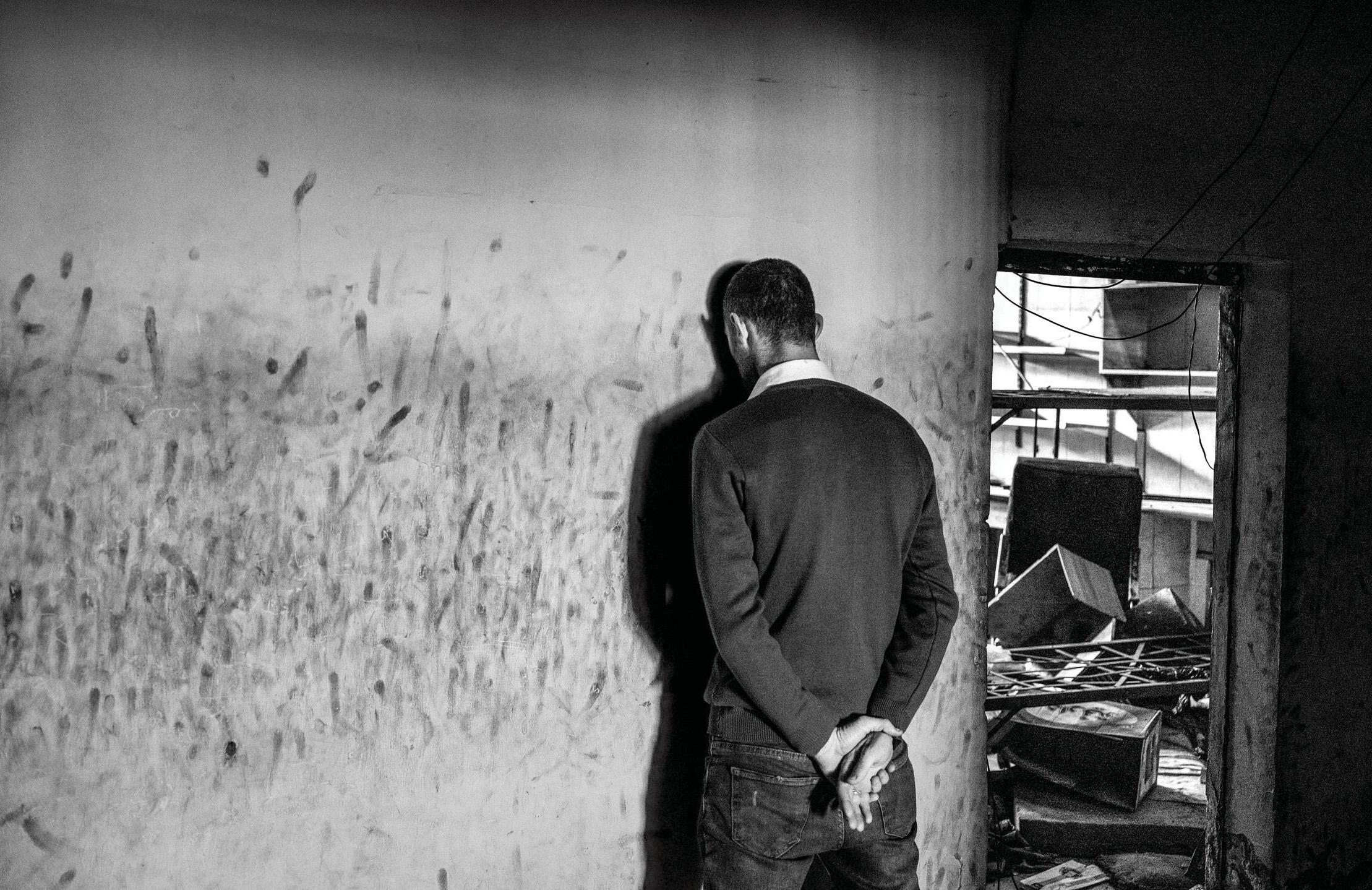
Mazen al-Hamada spent years describing to Western officials the torment that he and countless others—including Motasem Kattan, above-had endured in Syrian prisons. Since the regime fell, the evidence of a ruthless police state has grown overwhelming.
A few days after the Syrian dictator Bashar al-Assad fled two cells in December, an elderly woman sat on the sidewalk outside a morgue in Damascus. Her head wrapped in a scarf, she rocked back and forth and clasped her hands, wailing about what she had lost to Assad’s regime. “Help me,” she called. “They took my sons. Where are they?”
A crowd of people stepped gingerly around her. They were there not to search for the woman’s sons but to mourn another of Assad’s victims. They had been gathering for an hour or more—a few family members at first, but eventually hundreds of friends and sympathizers. Finally, a car was carried from the morgue and placed on the roof of a minivan, which had a photograph of the deceased fixed to the front bumper.
In recent days, the same image had gone up around the streets of Damascus. Plastered on walls and electrical poles, it depicted a slender man in his forties, with a gaunt, boyish face, high cheekbones, and all-consuming eyes, staring straight at the camera with a fearless expression. The man, Mazen al-Hamada, is regarded as a martyr by the rebels who deposed Assad after thirteen scourging years of civil war. “Mazen is an icon of the revolution,” one activist told me. “We will teach our children about him.”
Denne historien er fra February 03, 2025-utgaven av The New Yorker.
Abonner på Magzter GOLD for å få tilgang til tusenvis av kuraterte premiumhistorier og over 9000 magasiner og aviser.
Allerede abonnent? Logg på
FLERE HISTORIER FRA The New Yorker
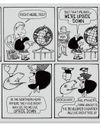
The New Yorker
THE MAGIC OF “MAFALDA”
How an Argentinean comic strip became an international phenomenon.
11 mins
July 07 - 14, 2025 (Double Issue)
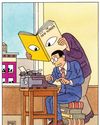
The New Yorker
BY THE BOOK
What we learn from reading the fiction touted in our début issue.
13 mins
July 07 - 14, 2025 (Double Issue)
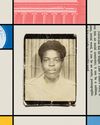
The New Yorker
THE STORY PART
Student days and a search for community.
19 mins
July 07 - 14, 2025 (Double Issue)
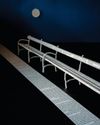
The New Yorker
THE SILENCE
A great silence opened up inside her. But that made it sound more dramatic than it was. It happened by degrees, creeping up slyly. And at times, in certain places and situations, it was expected and welcome—on a long walk, or when a person confessed something pitiful, or at a funeral or a party. In all those places, where once she'd had a lot to say—too much, honestly—now there was this silence and she became a far better listener. Not consciously, that was just one of the consequences. It wasn't a Zen silence or an enlightened silence or anything she'd worked to achieve. It was only a sort of blank. Once, on a mini-break, she'd spotted a sentence graffitied on a bridge in Paris: “The world is everything that is the case.” (It was written in English and stuck in her mind.) The silence felt like that: it spoke for itself. But it could also offend and disappoint others, the same way the world itself never seems enough for some people. It was no use on big family occasions, for example, or when one of her adult daughters called her name from another room, or if someone at work asked for her view on the news of the day. It could make other people feel awkward. But when she was alone with it, whenever it coincided with her own long-standing habit of looking upward into the branches of trees—then it didn't really bother her at all.
23 mins
July 07 - 14, 2025 (Double Issue)
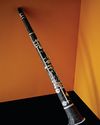
The New Yorker
THE COMEDIAN
My father worked nights as the desk attendant at a cheap hotel downtown. It was a thankless job behind bulletproof glass, which was all he had to shield him from demented drunks and screeching prostitutes, from seven in the evening until four in the morning, the poor man.
24 mins
July 07 - 14, 2025 (Double Issue)

The New Yorker
IS IT THE PHONES?
The tantalizing power of the theory that screens are harming teens.
13 mins
July 07 - 14, 2025 (Double Issue)

The New Yorker
THE END OF THE ESSAY
What comes after A.I. has destroyed college writing?
25 mins
July 07 - 14, 2025 (Double Issue)
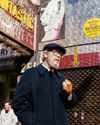
The New Yorker
EASY MUSIC
How Elmore Leonard perfected his style.
23 mins
July 07 - 14, 2025 (Double Issue)
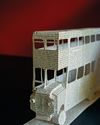
The New Yorker
JUBILEE
A wooden ruler with the etched faces of Henry VIII's six wives running down the middle; ticket stubs from Hampton Court and the Chamber of Horrors, where we walked ahead of our mothers, hand in hand; a few wrappers of Dairy Milk.
34 mins
July 07 - 14, 2025 (Double Issue)
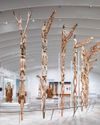
The New Yorker
PRIDE AND PROVENANCE
The Met's new Rockefeller Wing daxxles—and whispers, “Finders, keepers.”
6 mins
July 07 - 14, 2025 (Double Issue)
